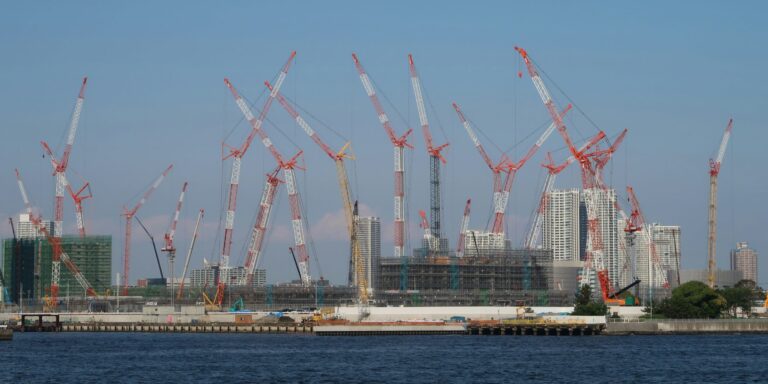On October 28, 2025, the United States and Japan signed a Memorandum of Cooperation designed to strengthen collaboration across next‑generation shipbuilding, advanced nuclear reactor technology and critical rare earth materials. The agreement signals New Tokyo‑Washington industrial ambitions as both nations seek to enhance manufacturing capacity, secure strategic supply chains and reduce dependency on dominant global actors.
Under the agreement, the two countries committed to joint research on small‑modular reactor designs and rare‑earth processing infrastructure, while also agreeing to expand domestic ship‑and‑repair capabilities. A shipbuilding working group will be established to explore standardized design, shared parts production and investment to revive the U.S. and Japanese yards. Meanwhile, the rare‑earth clause outlines coordinated public‑private investment, streamlined permitting, stockpiling arrangements and mapping of mineral resources to diversify supply away from China’s dominance.
Officials from both nations described the memorandum as an important “step forward” in long‑term alignment, noting that while the document is non‑binding, it lays the groundwork for deeper industrial integration and mutual strategic capability. The move comes amid heightened geopolitical competition and increasing scrutiny of supply‑chain vulnerabilities for semiconductors, defense systems and clean‑energy technologies.
While specific funding levels and timelines remain under negotiation, the pact outlines that within six months the parties will begin identifying projects eligible for joint support through loans, equity and guarantees. It also commits to accelerating regulatory reform, for example in mining and processing permits, and to mobilise international partners where appropriate to help build a resilient allied‑controlled supply network.
Read Also: https://goldenstatereview.com/u-s-government-shutdown-begins-as-funding-talks-stall/
Observers say the deal marks a shift beyond traditional security‑ and diplomatic‑ties between the two nations, toward a more integrated industrial and economic partnership. The emphasis on rare earths is especially timely given recent export‑curb announcements by China and the urgent demand for materials such as neodymium and praseodymium in EV motors, data‑centres and defense systems. The nuclear cooperation likewise supports efforts in both countries to deploy climate‑friendly and high‑efficiency power technologies while reinvigorating export markets for Japanese reactor designs.
In shipbuilding, Japan’s industry—once a global leader—is being tapped alongside U.S. yards to rebuild capacity for advanced vessels, repair infrastructure and shared design platforms, reflecting a broader aim to restore strategic manufacturing capability in allied countries. The working group will explore joint standardisation of parts, repair interchangeability, and leveraging Japanese experience alongside U.S. scale.
The timing of the memorandum is significant. It was signed during the U.S. President’s official visit to Tokyo and immediately before a planned summit with China—underscoring how industrial‑and‑economic cooperation is increasingly viewed as a component of strategic competition in the Indo‑Pacific region. Some analysts interpret the pact as part of a broader allied effort to build “trusted” supply chains and industrial ecosystems that are less vulnerable to geopolitical choke‑points.
Still, the implementation challenge is real. The memorandum is non‑binding and leaves key details—such as enforcement mechanisms, cost‑sharing formulas, public vs private investment splits and project prioritisation—open. Converting ambition into operational programs will require sustained political will, cross‑border coordination and alignment of regulatory frameworks across sectors. The success of the initiative will depend on the ability of both governments and industry partners to move quickly from concept to action.
Nonetheless, the agreement sets a new precedent for bilateral industrial cooperation in strategic technology fields. By tying together manufacturing, minerals and energy, the United States and Japan are sending a clear message that economic‑security integration is moving to the forefront of their strategic agenda. The pact signals that advanced manufacturing and supply‑chain resilience are no longer peripheral—rather, they are central elements of 21st‑century alliance strategy.
If successfully implemented, the U.S.–Japan cooperation could redefine how allied industrial policy works, creating a model for other partnerships in areas such as artificial intelligence, clean energy, and semiconductors. For now, both sides face the challenge of translating signed documents into concrete factories, mines and reactors. The next months will be critical for setting project pipelines, investment commitments and milestones that turn the strategic vision into deliverables.



